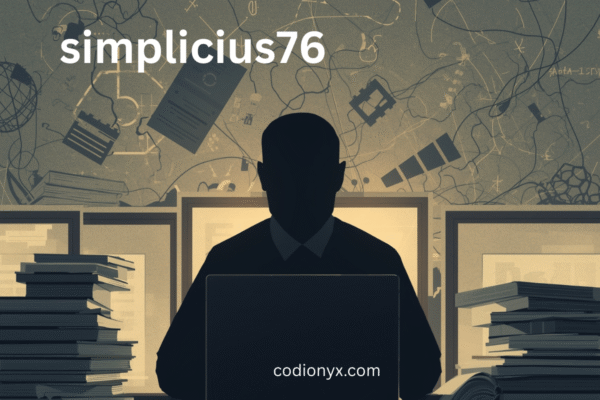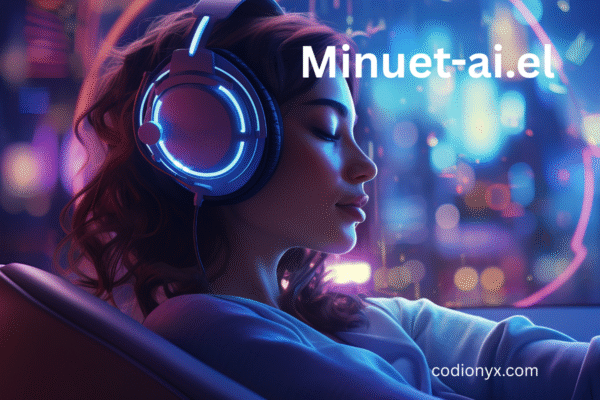Introduction
Riffusion debuts The official launch of Riffusion’s latest public beta release took place in January 2025, representing a significant achievement in the field of artificial intelligence-driven music composition. Riffusion was first conceived as a creative experiment in which text prompts were transformed into brief audio riffs. It was established in the latter half of 2022 by independent game developers Seth Forsgren and Hayk Martiros. Early in the year 2025, it had developed into a fully-fledged music platform that was driven by its cutting-edge artificial intelligence model, Fuzz. This first release marked the beginning of a new era: music generation that is user-friendly, easily accessible, and incredibly powerful, based on text, audio, and visual inputs.
Beginning as a Hobby Project and Growing into an Ambitious Startup
A web application that was supported by stable diffusion and fine-tuned on spectrogram images was the foundation upon which Riffusion was built in December of 2022. Users entered instructions such as “ambient guitar riffs” or “dance piano melody,” and the model created spectrogram visuals that were then turned into audio that could be played. Through the use of these brief loops, AI and music aficionados were impressed, which naturally led to Riffusion becoming viral.
This first version was not only free but also open-source and innovative; it created a visual representation of sound before transforming it into music. In the absence of this, it made it possible for amateur musicians to experiment with musical concepts that would have otherwise required the use of instruments or production expertise.
Read also: https://codionyx.com/scouring-the-internet/
January 2025 is the official launching date of riffusion debuts.
Fuzz, riffusion debuts new core artificial intelligence model, was used in the public beta version of the software that was formally released on January 31, 2025. The public premiere represented a change from a fun experiment to a real artificial intelligence music platform, due to the fact that it was packed with increased capabilities.
Included among the debut’s highlights are:
- The production of text-to-music based on prompt usage.
- For the purpose of style conditioning, uploading user audio.
- There is the capability to extend, remix, or replace sections of tracks.
- Generation of long-form songs (more than three minutes).
- Features for the community such as playlists, likes, and the ability to share tracks.
- Downloadable stems for individual vocal and instrument tracks with stems.
The riffusion debuts will continue to be free and unlimited throughout this public beta phase, which is a hint that riffusion debutstakes an inclusive attitude. Gamified incentives were created by the developers, which reward consumers who make regular purchases with personalizations.
The Team, Funding & Vision
The Team, Funding, and Vision Forsgren and Martiros, the creators of Riffusion, have worked together since their time at Princeton. They work together because they have expertise in both music and programming. Following the early success of the company, in October 2023, they formally structured itself as a startup and raised a total of $4 million in initial capital, which was led by Greycroft. The Chainsmokers additionally joined as advisors.
Collectively, they envisioned a platform that eliminates obstacles to the process of music creation. Riffusion debuts platform would provide text-based prompts, tunes inspired by images, and unrestricted access, even for users who had any prior musical expertise. The purpose of Fuzz is not to act as a substitute for conventional methods of music production; rather, it is intended to function as a new instrument.
What Was the First Look?
1. Model of the Fuzz 1.0
The newly trained neural model known as Fuzz was introduced by Riffusion. It is capable of producing entire, high-fidelity songs from a variety of inputs, including text, audio, and images. The debut established a new benchmark for the generation of music by robots.
2. Redesign of the Web Application
The user interface has been overhauled to include elements that are easy to use, such as community playlists, remix tools, vocal extensions, and an export mechanism that is seamless. It is now possible to alter sections, reduce tracks, and apply style overlays with the enhanced remixing tools.
3. Options for Community Engagement and Accessibility
There are currently elements that are supported by the platform, such as audio “Vibes,” the ability to combine up to three different style references, and automatically generated visual cover artwork. Accessibility enhancements have been made to the application, specifically for keyboard navigation and screen readers.
Influence: Why the First Appearance Is So Important Expanding Creative Access
by combining text, sound, and graphics into a music tool that is simple to use, Riffusion has decreased the barrier for musical invention. This makes it suitable for content creators, educators, hobbyists, and other individuals who are interested in music.
Competing with Alternatives That Require Payment
While competitors such as Suno, Udio, and MusicGen provide polished audio, Riffusion differentiates itself by providing generative remix capabilities, stem export, and access that is completely free of charge. It is possible for users to add their own music, remix it, and extend it, which allows for greater customisation.
Considerations of a Legal and Ethical Nature
Riffusion’s training data and commercial rights policies are still up for debate, just like they are with all other artificial intelligence music technologies. In certain forum conversations, the question of whether or not its model was trained on licensed music is debated, and it is not apparent whether or not the tunes that are generated are license-free.
The Initial Responses and Restrictions
There are a variety of opinions, although early adopters have generally positive reviews:
- Freedom of expression, tools for remixing, unrestricted access, and community sharing are among the strengths.
- Weaknesses: The audio quality is still inferior to that of top-tier models; speech synthesis is inconsistent; the output may contain artifacts or tempo patterns that are not synced properly.
Gearspace.com has an audio cipher.
In spite of the fact that several functionalities are still hidden until the user is logged in, accessibility evaluators have noted improvements in the interface. Support for transcripts and alternative text is inconsistent on afb.org.
Plan for the Future
Rapid evolution of the diffusion process is anticipated. The following are upcoming priorities:
- A clear understanding of commercial licensing and support for music rights.
- Refinement of the model to get clearer audio and more cohesive vocals.
- Relaunch of the mobile app, better accessibility, and collaborative editing are some of the features that have been upgraded.
- Monetization tiers such as Producer.ai, which broadens Riffusion’s goal beyond the capabilities of the free beta.
Conclusion
Early in the year 2025, Riffusion made its official debut, marking the introduction of a strong, open, and easily accessible artificial intelligence music platform. In the process of transforming from a viral hobby project into a well-known startup that is supported by investors and influential individuals, Riffusion introduced its public beta, which was driven by the Fuzz model, and featured additional creative tools for remixing and extending music that was generated by artificial intelligence.
Riffusion is notable for its openness to experimentation, affordability, and generativity, despite the fact that it is still in the process of development. Despite the fact that it faces obstacles that are industry-wide, such as audio quality, legal rights, and competition, its debut firmly ranks it among the most promising artificial intelligence music tools that are now available. Riffusion is a dynamic instrument that is ready for experimentation, and it comes highly recommended to those who are eager to explore music through text, image, and sound.
FAQs
Q1: What does it mean when someone says “riffusion debuts”?
Specifically, riffusion debuts is referring to the public beta launch of Riffusion’s new platform in January 2025, which will employ the Fuzz AI model and will include features such as long-form song production, remix tools, and community features.
Q2: Who was the Inventor of riffusion debuts?
Riffusion debuts was established by Seth Forsgren and Hayk Martiros, who utilized Stable Diffusion that was fine-tuned on spectrograms in order to make music based on commands given in the form of text.
Q3: Can you explain what the Fuzz model is?
Riffusion debuts improved neural engine, which was launched with the game’s debut, is called Fuzz. In response to text, audio, or visual inputs, riffusion debuts is able to play complete songs.
Q4: Is it free to use riffusion debuts?
Riffusion debuts does, in fact, continue to be free and offer unlimited usage while riffusion debuts is in public beta. Depending on the pricing plan, certain sophisticated capabilities can be restricted in the future.
Q5: How does Riffusion debuts stack up against other companies in the industry, such as Suno or MusicGen?
Riffusion is exceptional in terms of remix versatility, stem downloads, and free access, despite the fact that its audio quality may be less refined. Moreover, it allows for conditioning with audio snippets that have been provided by users.
Q6: Can I utilize music that was made by Riffusion for commercial purposes?
Exactly what is this? Check Riffusion’s terms of service before using AI-generated music for commercial purposes, as some community conversations have suggested that there are restrictions regarding commercial use.
Q7: Which features were included with the launch of Riffusion?
Some of the most important features include the production of text-to-music, the conditioning of audio Vibes styles, tools for remixing and replacing sections, playlists, stem exporting, and user community feeds.











[…] Read also: https://codionyx.com/riffusion-debuts/ […]